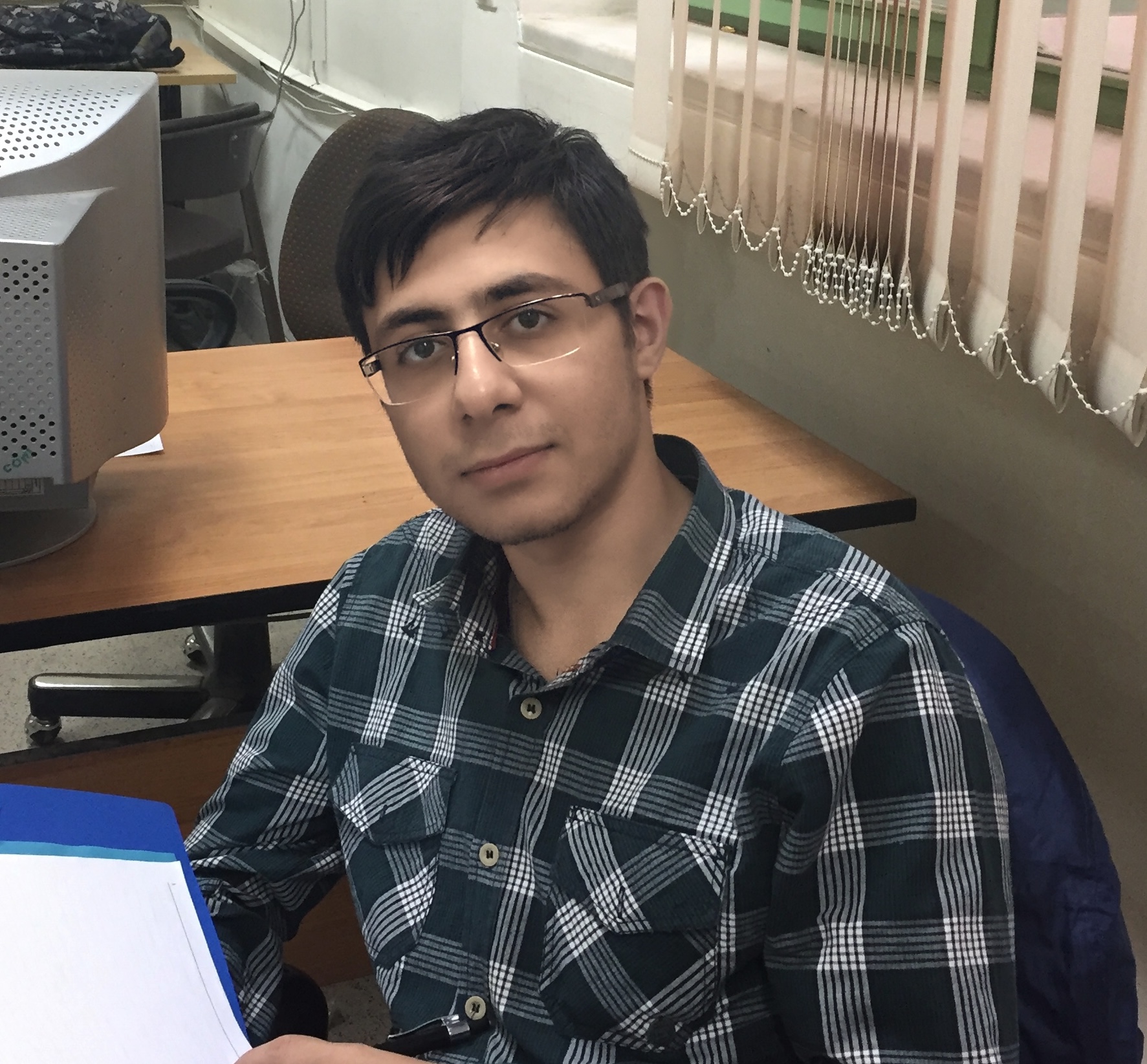Welcome
My name is Hossein Jafarinia
I am a researcher with a deep interest in Machine Learning, Reinforcement Learning, Medical Image Analysis, and Computer Vision. My work has primarily revolved around developing novel architectures and methods for Whole Slide Image (WSI) Classification and Multiple Instance Learning (MIL), with applications in cancer detection and localization. Over the course of my academic journey, I have collaborated closely with research teams, mentored interns, and contributed to significant publications in my field.
Education
Sharif University of Technology (SUT), Tehran, Iran
M.S. in Computer Engineering (2021 – 2024)
- Thesis: Classification and Localization of Cancer in Histology Images Using Weak Label
Developed a new framework featuring a novel sparse transformer-based MIL-pooling method, which achieved state-of-the-art results in WSI classification.
Bu-Ali Sina University (BASU), Hamedan, Iran
B.S. in Computer Engineering (2015 – 2020)
- Final Project: Detection of Infected Blood Cells by Malaria
Designed and implemented a model for detecting malaria-infected blood cells, contributing to automated diagnostics.
Publications
Published
“Snuffy: Efficient Whole Slide Image Classifier”. Accepted for ECCV 2024.
Achieved state-of-the-art results in WSI classification on CAMELYON16 and TCGA Lung Cancer datasets.“MILFORMER: Weighted Dual Stream Class Centered Random Attention Multiple Instance Learning For Whole Slide Image Classification”. Accepted for AAAI W3PHIAI Workshop 2024.
Introduced a novel architecture for WSI classification, achieving top performance in classification tasks.
Under Preparation
“A Study on Augmentation Techniques for Whole Slide Image Analysis”. Under preparation for ICCV 2025.
Focusing on Whole Slide Image classification with an emphasis on augmentation techniques.“Neural Collapse and Group Robustness”. Under preparation for NeurIPS 2025.
Proposing a novel method to address Deep Neural Network generalization and robustness through the lens of Neural Collapse.“Low-resource Persian Languages for Intelligent Systems”. Under preparation.
Developed linguistic materials for Isfahani, a low-resource Persian dialect, and managed resources for other underrepresented Persian languages as part of an effort to document and publish them.
Research Experience
RIML Lab at SUT
Tehran, Iran
Supervision: Dr. Mohammad Hossein Rohban
Sep. 2021 - Present
Dedicated my entire Master’s program to this lab, focusing on developing architectures, theories, and frameworks for gigapixel images. I led literature reviews, intern mentorship, and team management, contributing to both theoretical and practical advancements. Published two papers (AAAI 2023 workshop and ECCV 2024) with state-of-the-art results in WSI classification. Currently, I am researching WSI classification techniques with an emphasis on data augmentation, as well as exploring Neural Collapse in neural networks.
ML Lab at SUT
Tehran, Iran
Supervision: Dr. Mahdieh Soleymani Baghshah
Jun. 2024 - Present
Currently studying the effects of the Neural Collapse on the generalization and robustness of deep neural networks. This research aims to develop improved techniques to understand this complex concept better.
RIV Lab at BASU
Tehran, Iran
Supervision: Dr. Hassan Khotanlou
Jul. 2019 - Sep. 2020
During my undergraduate studies, I worked on advancing medical vision applications. I mastered both classic computer vision techniques and modern concepts, which led to developing a successful malaria blood cell detection model. I modified the state-of-the-art RetinaNet model to achieve exceptional performance in this challenging task.
Projects
Implementation of SAC Algorithm for Offline Reinforcement Learning
Implemented the Soft Actor-Critic (SAC) algorithm to improve offline reinforcement learning performance, with extensive evaluation on benchmark datasets.Contrastive Language-Image Pretraining (CLIP) for Histology WSIs
Adapted OpenAI’s CLIP model for histology whole slide image classification, enabling the model to leverage text-image pairings for improved image understanding.Cancer Mutation Detection with Microarray Data
Developed a machine learning pipeline for detecting cancer mutations based on microarray gene expression data.Small Molecule Quantum Feature Extraction and Target Protein Docking
Focused on quantum feature extraction in small molecules and performed docking simulations to predict interactions between target proteins and small molecules.
